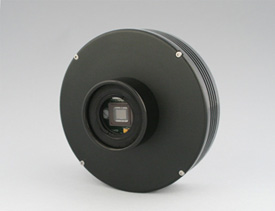It was time for the regular Reading AS Star Camp in deepest darkest mid-Wales. We’ve been running these for 3 years now and we’ve had mixed success with the weather. One camp we had snow, one camp we drowned. But a few have been amazingly clear.
We stay on a farm that has B&B and camping. It does breakfasts and evening meals so ideal for not having to be too self-reliant. When it’s clear it is fantastically dark but when it isn’t we have a bit of a social with several bottles of red wine.
This autumn it was the latter! I just went for Saturday night as the forecast was promising and when I arrived mid-afternoon it was pretty clear. But during dinner the heavens opened and it rained on and off until around 11pm. It stayed stubbornly cloudy thereafter.
We retired to our rooms/tents. I happened to awake at 4.15am and stuck my head out of the flap of my tent and it was clear! Orion was right in front of me and of course I was already fully dark adapted. The Milky Way stretched overhead and the Pleiades blazed. I spent about 20mins taking in the sights but 4.15am is not a sensible time to be setting up telescopes and it was cold, the outside of my tent crackled with ice.
The morning was uniform grey so I must have been lucky to see a brief clear spot, the ground was white with frost. Disappointing that I didn’t get any observing/imaging done but still a good sociable occasion.
